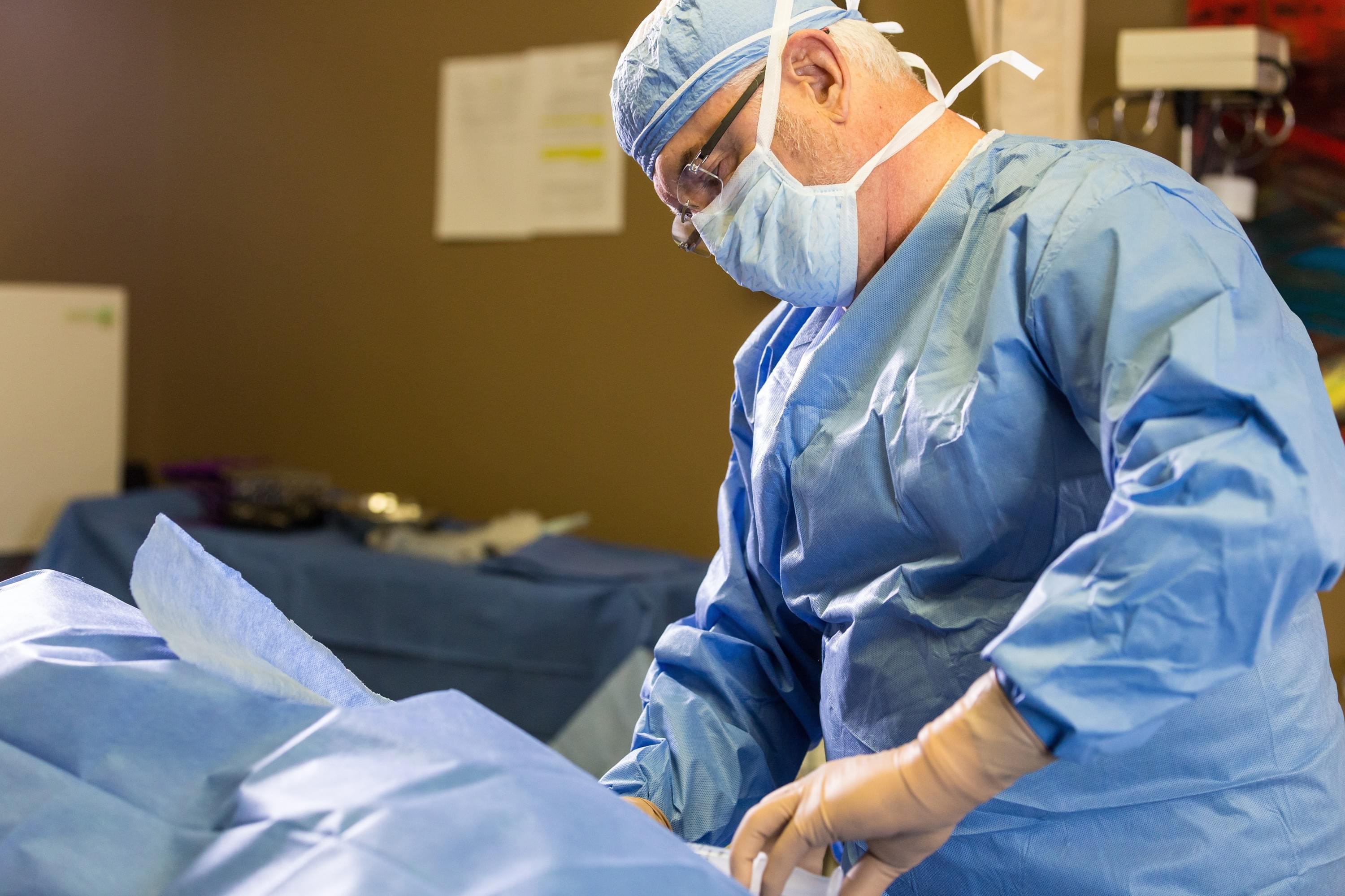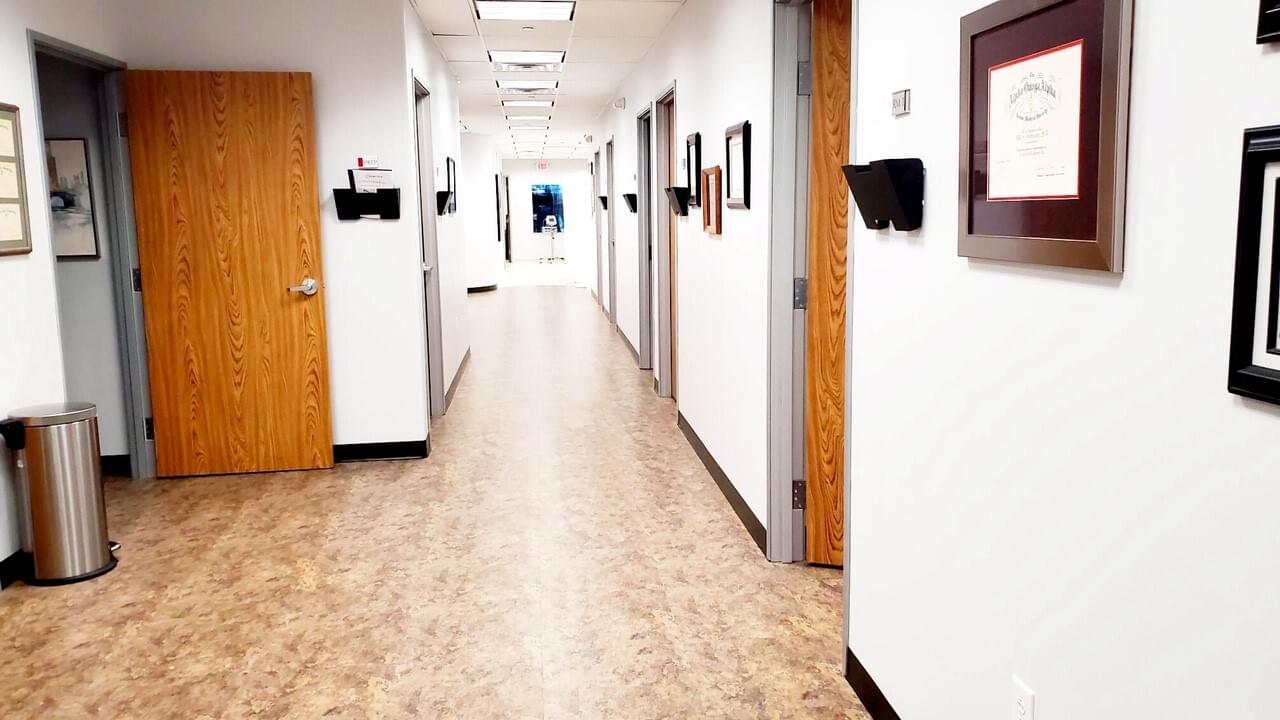We want both the training physician and our clinic to be comfortable with the training doctor’s proficiency. Training begins with observing five cases to learn the essential aspects of liposuction. The observation patients are our patients, and the liposuction area may vary somewhat. At least two abdomen cases will always be included. Some of the essentials covered during this time include:
Pre-operative discussion with the patient. This involves reviewing consent forms, basics of the procedure experience, and setting appropriate expectations concerning results.
Correctly marking the patient pre-surgery. This ensures the patient can actually see what you’re going to do during the operation for success — which is part of managing expectations.
Appropriate mixing of tumescent fluid. This includes the various lidocaine concentrations used and calculating the safe lidocaine dosage — as well as proper assessment of adequate tumescence in the treatment area.
Positioning the patient on the table and turning the patient during the case. One of the principal advantages of tumescent liposuction over general anesthesia is the greater ability to turn the patient to obtain optimal results.
Use of both standard and power-assisted liposuction devices. This includes techniques for excellent results, which can vary by body area — and includes proper suction cannula of choice, use of skin tightening technology (SmartLipo), bandages, garments, and post-operative care.
Proper record-keeping for the case. This includes a description of the work done and the accurate recording of fluids.
After the five case observation period is complete, you will then do three cases with an Innovations Medical physician as an assistant. These cases will be on your patients, and you can collect from them for your services. Once you have completed the three assisted cases, you will be certified to do abdominal liposuction cases at our office without supervision. Areas other than the abdomen require one observed and one assisted case per area for certification. The observed case is at no charge, however the assisted case carries a charge — but, you are collecting from that patient.
Once a physician has performed at least five unsupervised cases, they are eligible for fat transfer training. Fat transfer requires one observed and one assisted case per recipient area (e.g. buttocks or breast). Again, the observed case is at no charge, but there is a charge for the assisted case. Facial fat transfer is trained with a special one-to-one arrangement.






